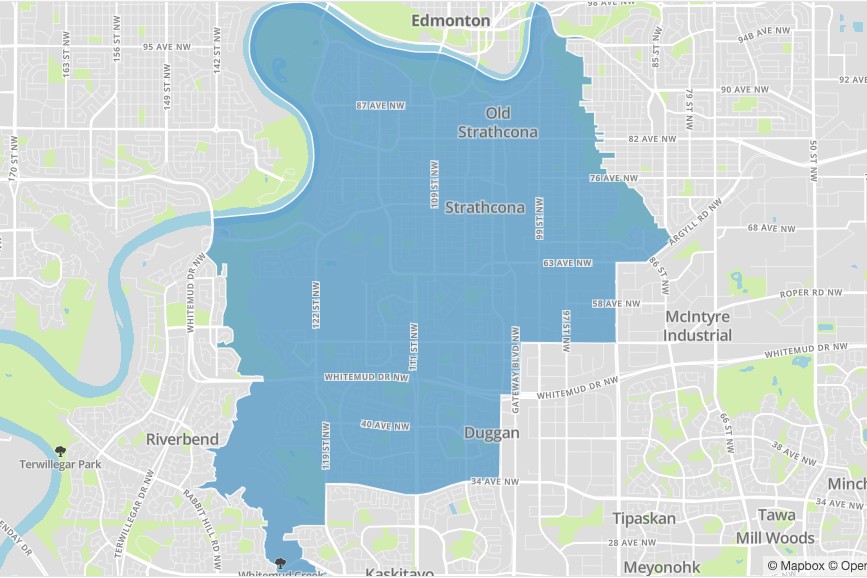
City aims for Edmontonians to 'live more locally' with 15-minute districts
As Edmonton inches towards two million residents, it's looking to a concept that would see the city create 15-minute districts as a way to improve quality of life, help achieve its plan to become carbon neutral by 2050, and control urban sprawl.
The 15-minute city is an urban design strategy that the current city council adopted as part of the City Plan at the end of 2020. The next city council, and its successors, will make the decisions that either help bring this plan to life or leave it to languish. As the municipal election approaches, this is a good time to examine what this concept means for Edmonton.
So what is a 15-minute district?
The City Plan defines it as "small towns in our big city, where people can meet many of their daily needs locally."
The goal is to create "a place where you can get all of the immediate needs and amenities within a 15-minute … distance of your home," architect Shafraaz Kaba told Green Energy Futures. That could potentially include groceries, recreation, green space, housing, health care, small businesses and more — the district plans expected in early 2022 will define what will be included.
The city says it wants to make it possible — not mandatory, but possible — to get to those places without a car, by walking, biking, or taking transit.
If all goes as planned, Edmontonians will be able to access their daily needs (without having to drive) from where they live in their respective districts — the City Plan identifies 15 of them across the city — by the time the city grows to two million people. It's a target that attendees of Taproot's People's Agenda listening sessions said they are keen for the city to implement, expressing that they want to see an overall increase in density and walkability.
But no city is built exactly the same, and Edmonton is particularly sprawled out, meaning how it approaches shifting towards this concept will look different from other cities around the world.







